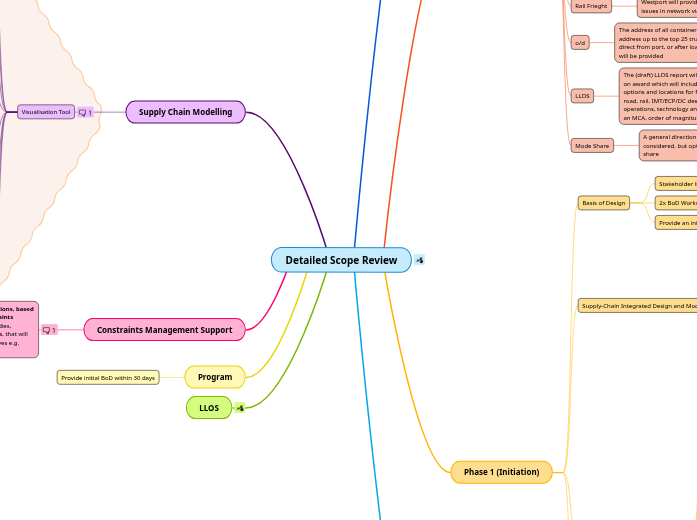par Simon Blake Il y a 3 années
179
Detailed Scope Review

par Simon Blake Il y a 3 années
179

Plus de détails
This needs careful thought in what we allow for and caveat appreoriately
This needs to be discussed with Deloitte
Incl. brief product scopes for all Deliverables for approval
Delivery of asdditional surveys excluded and on approval by Westport
Costing
Spec Production
identify those potential measures that apply at a whole-of-Supply-Chain level to drive increased Supply-Chain System performance - feed into Long List of Options
Ensure all design, drawings and documentation are aligned to the relevant output
Ensure all models provide the output data as required by the interrelated Westport projects
Develop interface processes with all models and the Supply-Chain Integrated System Model